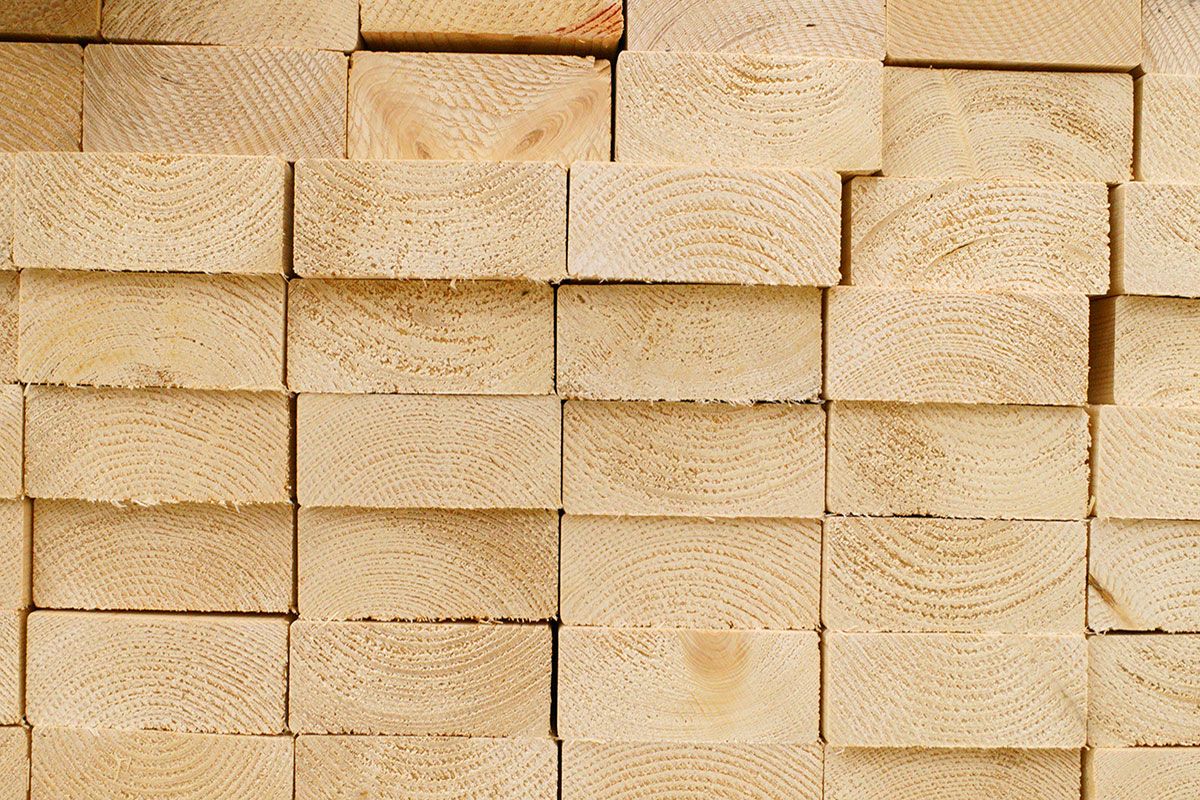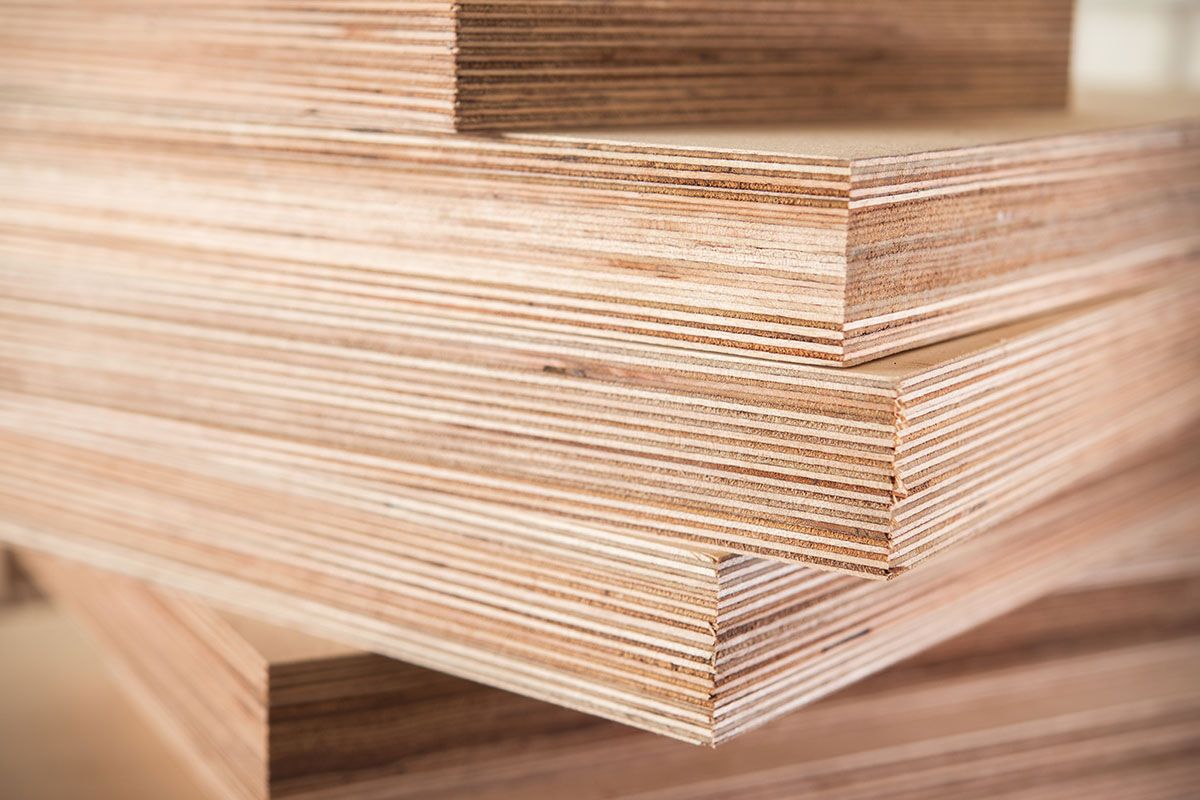Debarking at Sawmills & Plywood Mills
Debarking at sawmills

Debarking at the saw infeed
- Optimization of the debarking speed according to log size (the wood has usually been sorted by diameter)
- Feeding of wood into the debarker end-to-end without space in between logs (which are usually turned top end first)
- Transferral of wood into the saw line as cleanly as possible (the debarked logs do not need to be lowered to the ground at any stage)
Debarking in the log sorting line
Positioning the debarker in the log sorting line improves sawing results thanks to more accurate log measurement. In the log sorting line, the wood is always debarked before measuring, so bark percentage does not come into consideration. Instead, measurements are always correct.
However, the ideal positioning of the debarker depends on the pricing method used in the respective timber markets. In Central Europe, for example, sawmills pay for actual wood with bark not included. In this case, it is recommended to debark the wood before the measurement that defines the payment.
The third reason for positioning the debarker in the log sorting line is the sawmill’s capacity requirement. At a log yard, the operating time of the debarker is flexible and can be increased as necessary, thereby ensuring a sufficient supply of wood for the sawmill.
We regularly supply single-rotor or tandem rotor debarkers to sawmills all over the world. See machine series VK5000, VK8000, and Kodiak in particular.
Debarking at veneer and plywood mills

Due to the considerably higher price of top veneer, the wood’s most valuable part is its surface. The difference is significant when compared to the production of sawn timber, for example, which usually involves producing woodchips of the surface layers.
In veneer production, the raw material is usually soaked before it is cut into veneer. For the debarking process, it is better to position the debarker after the soaking phase where possible. This means the debarking tools and feed rolls do not need to place as much pressure on the wood. Debarking is recommended after soaking, particularly in areas where the wood is likely to freeze in winter. Some wood species, such as birch, must always be soaked before debarking.
We have decades of experience throughout the world debarking the species of wood used by the veneer and plywood industry. For example, the most common debarker in veneer and plywood mills that process birch is manufactured by VK – machine model VK8032PLY. Other hardwood and softwood species are normally debarked with our single-rotor debarkers, such as VK90, VK100, VK110, VK1092, and the VK8000 series.